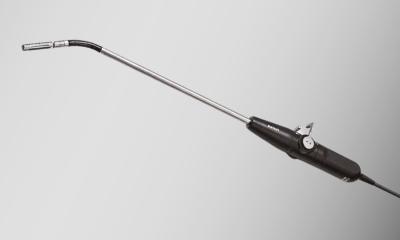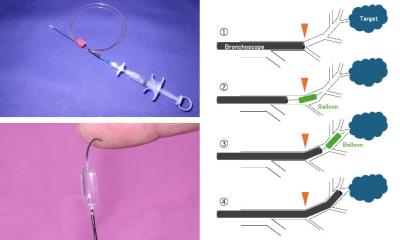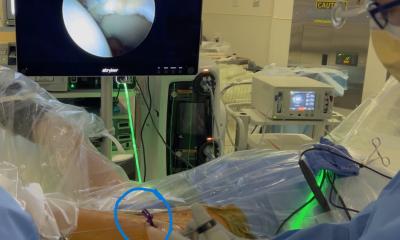The SpinalAssist system is manufactured in collaboration with Mazor Surgical Technologies and enables to perform a spinal fusion intervention minimally invasive, requiring only a couple of small incisions and no line of sight.
The SpineAssist software helps to plan the intervention pre-surgically: just a CT scan of the patient’s spine and a fluoroscopic image of the bone mounted platform, which is going to be rigidly fixed to the patient’s spine in the operating theatre, is required to position the hexapod SpineAssist robot accurately. The attached robot guide automatically positions itself at the exact location and serves as a guiding tool for the surgeon to perform interventions on the bone during spinal fusion.
Six smoovy gear motors with custom drive electronics drive the linear actuators based on a high precision, miniature lead screw design. Accurate and absolute displacement measurement is assured by seven LVDT sensors, one for each actuator and the seventh tracking the performance of the others. The overall system accuracy and repeatability is less than 100 microns and 10 microns respectively. The motion control accuracy is of 10 microns. Taking into account human influence and the CT- and fluoroscopic-image distortions, the systems accuracy in placing an implant is of less than 1.5 mm.
The SpineAssist intervention has FDA and CE approval and has been clinically used in over 250 cases in hospitals worldwide.
For more information about the SpinalAssist system, please check the manufacturers website http://www.mpsag.com





